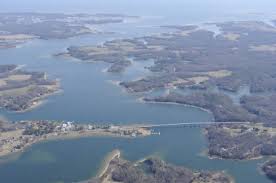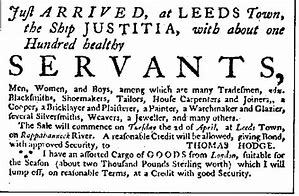Northumberland County Genealogy, Wills, Estates, Marriages, Indexes to Deeds and Orders

Images of Wills, Inventories, Deeds
- 1651-1658 (no index)
- 1706-1720
- 1710-1713
- 1718-1726
- 1726-1729
- 1738-1743
- 1743-1749
- 1747-1749
- 1749-1751
- 1770-1772
- 1772-1776
Images of Orders, Deeds, Wills
- 1789-1825
Images of Guardian Accounts
- 1788-1824
Indexes to Wills, Inventories, Deeds
- 1753-1756
- 1756-1768
- 1758-1762
- 1762-1766
Indexes to Fiduciary Accounts
- 1749-1950
Miscellaneous
- 1765 Poll
Marriages
- to 1699
- 1735 to 1795
- Bonds 1788 to 1817
School Commission Reports
- 1823 to 1833
- 1833 to 1837
Road Papers
- 1839 to 1892
Index to Deeds and Orders
- Page 10; 40 to 80
- John Mattson deed
Transcriptions of Wills
- Harris, John
- Haynie, Anthony
- Jones, Robert
Traced genealogies and family histories of Northumberland County are available to Members!
| Littleton | Neale |
The Rush to Build Towns in Colonial Virginia
Early colonial towns did not just pop up. In 1662, the following new towns were approved by the House of Burgesses to be constructed: Varina in Henrico, Fleur de Hundred in Charles City, Smith’s Fort in Surry, Jamestown in James City, Patesville in Isle of Wight, Huff’s Point in Nansemond, mouth of Deep Creek in Warwick, the Jervise Plantation in Elizabeth City, the Wise Plantation in Lower Norfolk, the Read Plantation in York, the Brick House in New Kent, Tyndall Point in Gloucester, the Wormsley Plantation in Middlesex, Hubb’s Hole in Rappahannock, Pearce Point in Stafford, Calverts Neck in Accomac, the plantation of the Secretary located on Kings Creek in Northampton, Corotoman in Lancaster and Chickacony in Northumberland.
About Indentured Servants
